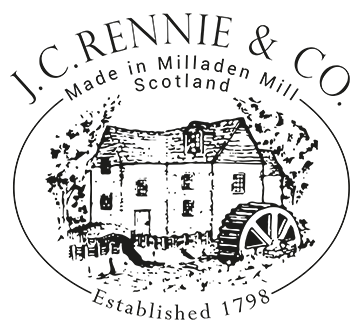GREASY OR CLEAN?
What is Greasy? This doesn't sound nice!
This only means that the processing oil (yarn oil), an absolute requirement during the manufacturing of the yarn, has not been washed out yet. It is normal practice for textile manufacturers to machine knit and weave with greasy yarn as it allows the knitter or weaver full control of the finished quality they want for their end product after scouring (washing) and drying. Therefore, unlike with our hand balls, our coned yarn will require further processing.
To convert greasy yarn to clean yarn you can scour coned yarn in hanks prior to hand knitting. If you're not sure please search the internet for a guide on how to wash and dry oiled yarn. After scouring and drying you can then ball the yarn and knit by hand. There are plenty of tools in the market for making hanks and hand balls from yarn.
Some people do hand knit with greasy yarn but if this is what you want to do we recommend you take the usual steps as would be expected in a factory. For instance, ventilate the room, use disposable gloves or a barrier cream when handling greasy yarn, wash hands after use and before eating and keep away from children and pets.
Note in this context greasy yarn is yarn that includes yarn oil, which is not the same as greasy wool, which is wool fleece after shearing that has not been scoured (washed) yet.

What is Clean? This sound nice!
Hand knitting yarns tend to be scoured to get the processing oil out so its nice and soft when knitting by hand. Our hand knits are scoured, unless otherwise stated, and this leaves a lovely handle, but this somewhat limits the finished quality of knitwear you can make. Professionals such as machine knitters and weavers will want to control the finished quality of the knitted garment/woven cloth by scouring and drying it themselves, but this usually means buying it on the cone.
